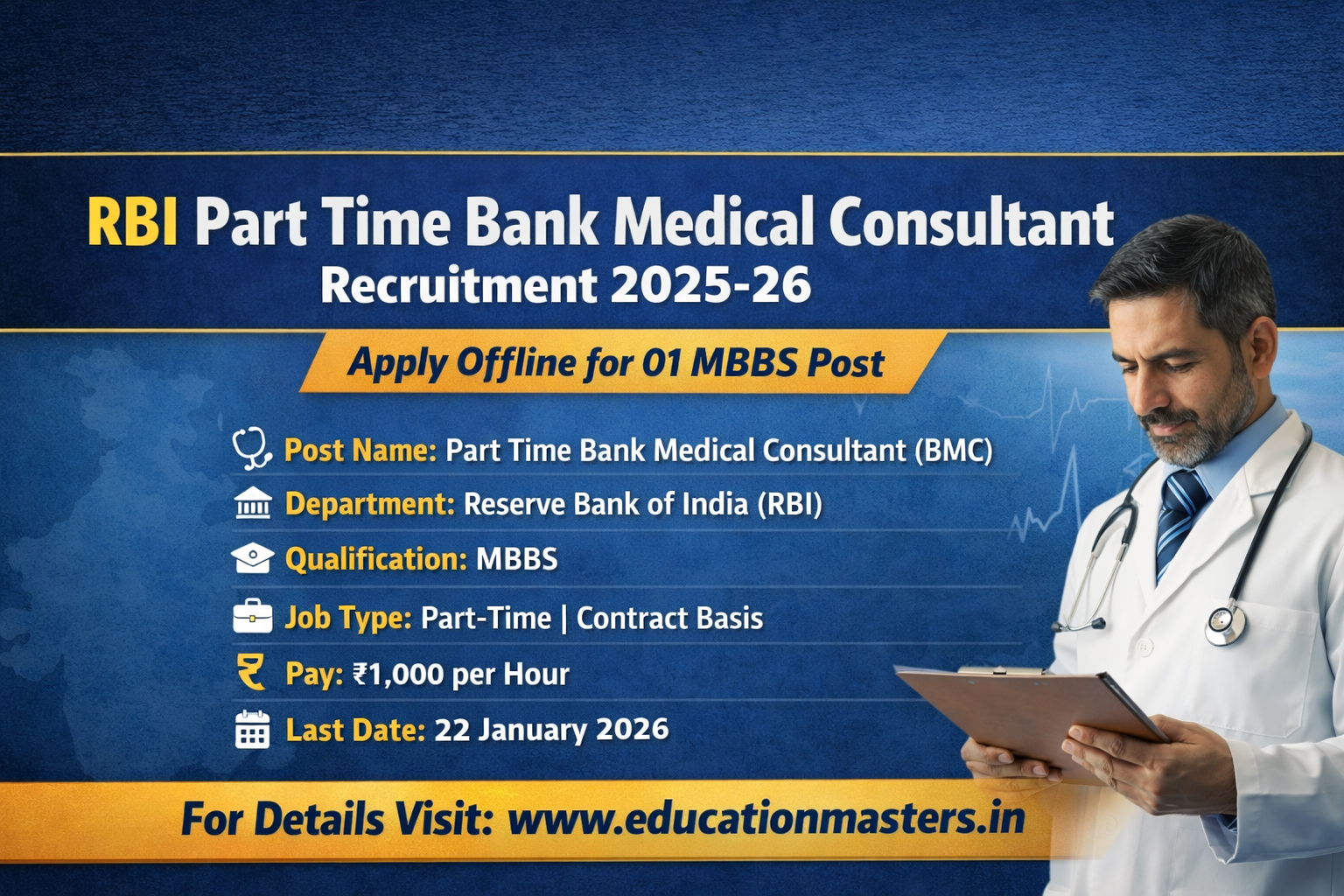Statewise Prepration
Govt. Examwise MCQ
980 MCQ Questions in english हिन्दी
SQL stands for:
Used to manage relational databases.
SQL stands for:
Used to manage relational databases.
API stands for:
Interface for software component interaction.
RAID level that mirrors data:
RAID 1 — redundancy through duplication.
Virtual memory uses:
Enables running larger programs than physical RAM.
Multitasking OS can run:
Handles concurrent processes.
Two-factor authentication adds:
Enhances account security (e.g. code + password).
A firewall is used to:
Network security barrier
Phishing is:
deceitful emails/websites to steal info.
What does VPN do?
Protects privacy via secure tunneled connection.
Which is a symmetric encryption algorithm?
AES — same key for encryption/decryption.
DNS maps:
Translates human-friendly names to IPs.
HTTP uses which port by default?
Port 80 — standard web traffic.
IP address uniquely identifies:
End device in network communication.
TCP stands for:
Reliable, connection-oriented transport protocol.
OSI model has how many layers?
Seven — layers from physical to application.
Big O of binary search on sorted array:
Logarithmic time — halving search space each step.
Which structure uses key-value pairs?
Hash map — fast lookups.
Who was the longest-serving Chief Minister of Uttar Pradesh?
Explanation: Yogi Adityanath became the longest-serving Chief Minister in UP’s history by surpassing previous leaders like Sampurnanand. His second term and uninterrupted leadership since 2017 contribute to this record. His tenure is marked by policy and infrastructure reforms.
The Chief Secretary of Uttar Pradesh is appointed by:
Explanation: The Chief Secretary is the top bureaucrat in the state and is appointed by the Chief Minister. Though officially under the Governor’s name, the appointment is made on CM’s advice. The role includes coordinating all administrative functions.
The Legislative Assembly of Uttar Pradesh has how many members (as of 2024)?
Explanation: The Vidhan Sabha (Legislative Assembly) of UP has 403 elected members. It is one of the largest state legislatures in India. These members are directly elected through general elections.
Which of the following Chief Ministers of Uttar Pradesh later became the Prime Minister of India?
Explanation: Charan Singh served as the Chief Minister of UP and later became the fifth Prime Minister of India. He was a leader of the farmer community and promoted agrarian policies. His tenure as PM was brief but historically important.
The Governor of Uttar Pradesh is appointed by the:
Explanation: As per Article 155 of the Constitution, the Governor of a state is appointed by the President. The Governor is the nominal executive head of the state. He or she acts on the advice of the state’s Council of Ministers.
Which article of the Constitution empowers the establishment of a Legislative Council in a state like UP?
Explanation: Article 169 of the Indian Constitution provides the framework for the creation or abolition of a Legislative Council in a state. It requires a resolution passed by the Legislative Assembly with a special majority. Uttar Pradesh uses this provision.
How many seats does Uttar Pradesh contribute to the Lok Sabha? A. 72 B. 75 C. 80 D. 82
Explanation: Uttar Pradesh sends 80 members to the Lok Sabha, the highest among all Indian states. This makes it politically significant in national elections. Its large population is the reason for such high representation.
Uttar Pradesh was originally known as what before 1950?
Explanation: Before the adoption of the Indian Constitution, the region was known as the United Provinces of Agra and Oudh. It was renamed Uttar Pradesh on 26 January 1950. This marked its formal inclusion as a state in the Indian Republic.
Who was the first Chief Minister of Uttar Pradesh after India’s independence?
Explanation: Govind Ballabh Pant served as the first Chief Minister of Uttar Pradesh from 1950 to 1954. He played a crucial role in integrating princely states into the Indian Union. His leadership laid the foundation for UP’s political structure.
The Uttar Pradesh State Election Commission is responsible for conducting elections to:
Explanation: The State Election Commission conducts elections to urban local bodies and Panchayati Raj institutions, while the Election Commission of India handles Lok Sabha and Assembly elections. It ensures free and fair local governance in the state.



.png)


